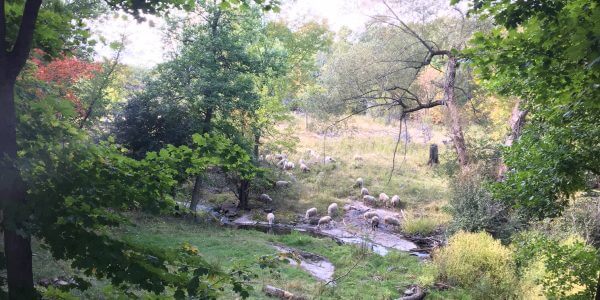Farmers and ranchers have a responsibility to manage the land they own or lease, including ecologically sensitive areas such as riverine areas and wetlands. These areas are not always easily identifiable, and some are currently cultivated and producing crops.
Each state has its own conservation goals for different areas, and land use and protection decisions involve many different organizations and levels of government, making them prone to disputes between landowners, farmers, ranchers, and conservation authorities.
The process of designating ecologically sensitive areas is complicated for several reasons, explains Jim McComb, a farmer and agronomist based in Marmora, Ontario: For example, wetlands are not necessarily designated by the presence of water, but by the types of plants that grow there and the characteristics of the soil.
McComb has met with farm clients and conservation officials and volunteered to take a wetland plant identification course to better advise farmers and ranchers. From taking the course, he realized the agricultural and conservation worlds rarely intersect when it comes to land use, and that’s where some of the friction lies, he said.
Last month, three conservation areas in eastern Ontario We had to pause our wetland mapping. The overwhelming response from landowners and farmers was that they wanted one-on-one conversations about expanding the designation, which begs the question: Would the conservation process be easier, less conflictual, and more successful if farmers and ranchers were supported in protecting these areas?
subscribe: Apple Podcasts | Spotify | | All Podcasts






